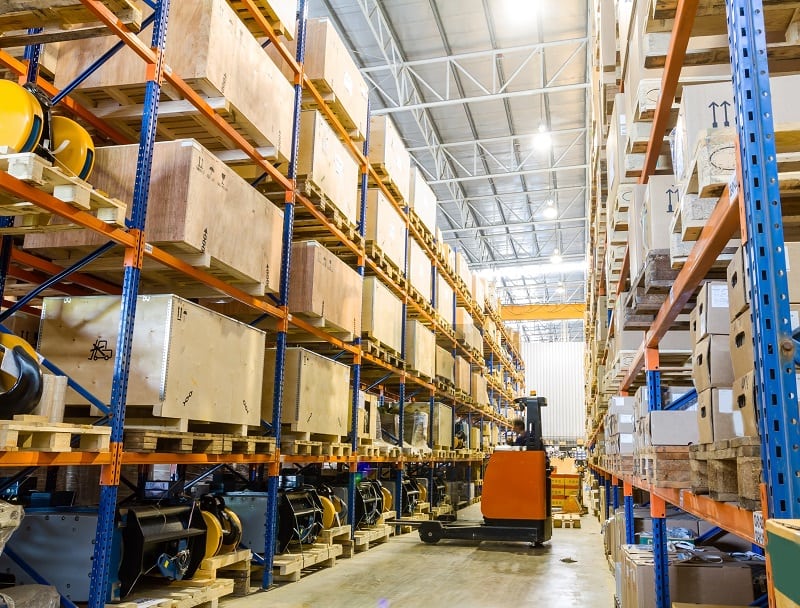The ONS found Labour productivity on an output per hour basis grew 0.9% between the second and third quarter of 2017, the largest increase since Q2 2011.
This rise topped the previous post-global financial crisis peak in Q4 of 2016 by 0.3% and lifted productivity to 1% above its peak in Q4 2007 prior to the economic downturn.
The uptick in productivity was outpaced by growth in earnings and other labour costs, which climbed 1.3% in Q3, thanks to relatively weaker sterling. However, this was the most sluggish unit labour cost growth since the second quarter of 2015.
The ONS said that the increase “compares favourably with a long period of average productivity growth prior to the economic downturn” but noted that “trend productivity still remains lower” than pre-crisis times.
Over the last decade, the UK has been plagued by what economists have termed the “productivity puzzle”, in which output has failed to return to pre-crisis trends despite recent low levels of unemployment and the UK economic recovery.
From 2008 to the third quarter of 2017, productivity growth has been highest in the non-financial services jobs, followed by manufacturing and construction.
Post-financial crisis, the financial services industry has been one of the weakest contributors to labour output at -0.5 percentage points (ppt). But of all the sectors, non-manufacturing production, including jobs in agriculture, electricity, gas and water supply and mining, has suffered the most, registering at -1.7ppt.
Some speculate that rising productivity coupled with a pipeline of wage reforms in 2018, like the national pay rise, could push inflation over the edge this year, requiring hasty central bank intervention.










